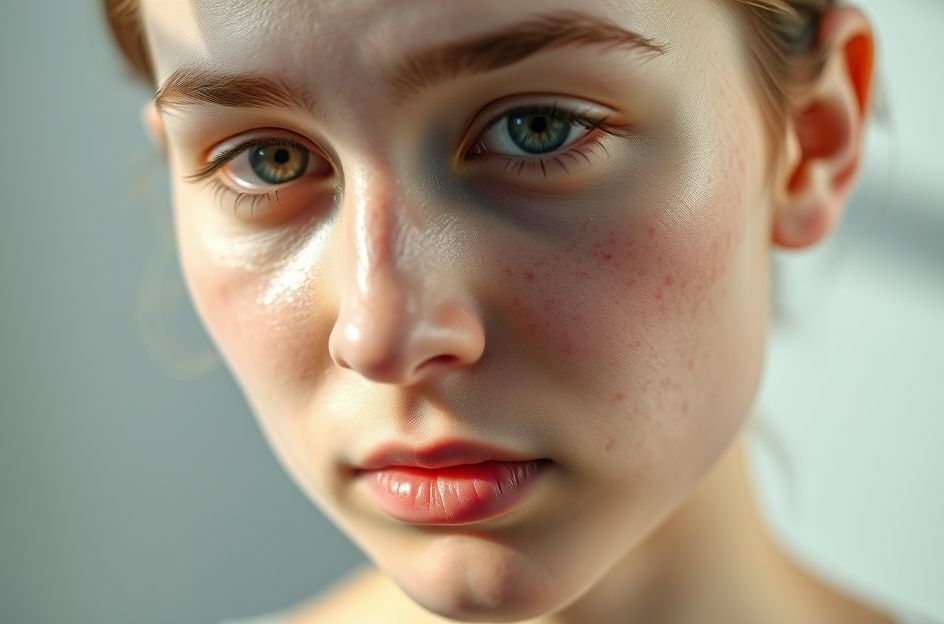Acne, a common skin condition, often emerges during adolescence due to a surge in hormone production. The primary culprit behind acne formation is excessive sebum, an oily substance secreted by sebaceous glands connected to hair follicles. Sebum naturally safeguards the skin against dryness and infection. However, during adolescence, hormonal shifts significantly amplify sebum production.
Think of sebaceous glands like balloons. As hormones surge, these glands become overstimulated, leading to increased sebum production. Simultaneously, hormonal activity can clog pores, preventing sebum from reaching the skin’s surface. This creates a perfect environment for the bacteria *P. acnes* to thrive. These bacteria multiply within the trapped sebum, causing inflammation and ultimately leading to acne breakouts as the congested gland ruptures.
Acne can significantly affect an adolescent’s self-esteem and confidence, potentially hindering social interactions and relationships. Therefore, early intervention and proper guidance are essential for managing acne during these formative years.
*Disclaimer: This information is for educational purposes only and does not constitute medical advice. Consult a qualified healthcare professional for personalized diagnosis and treatment.*
